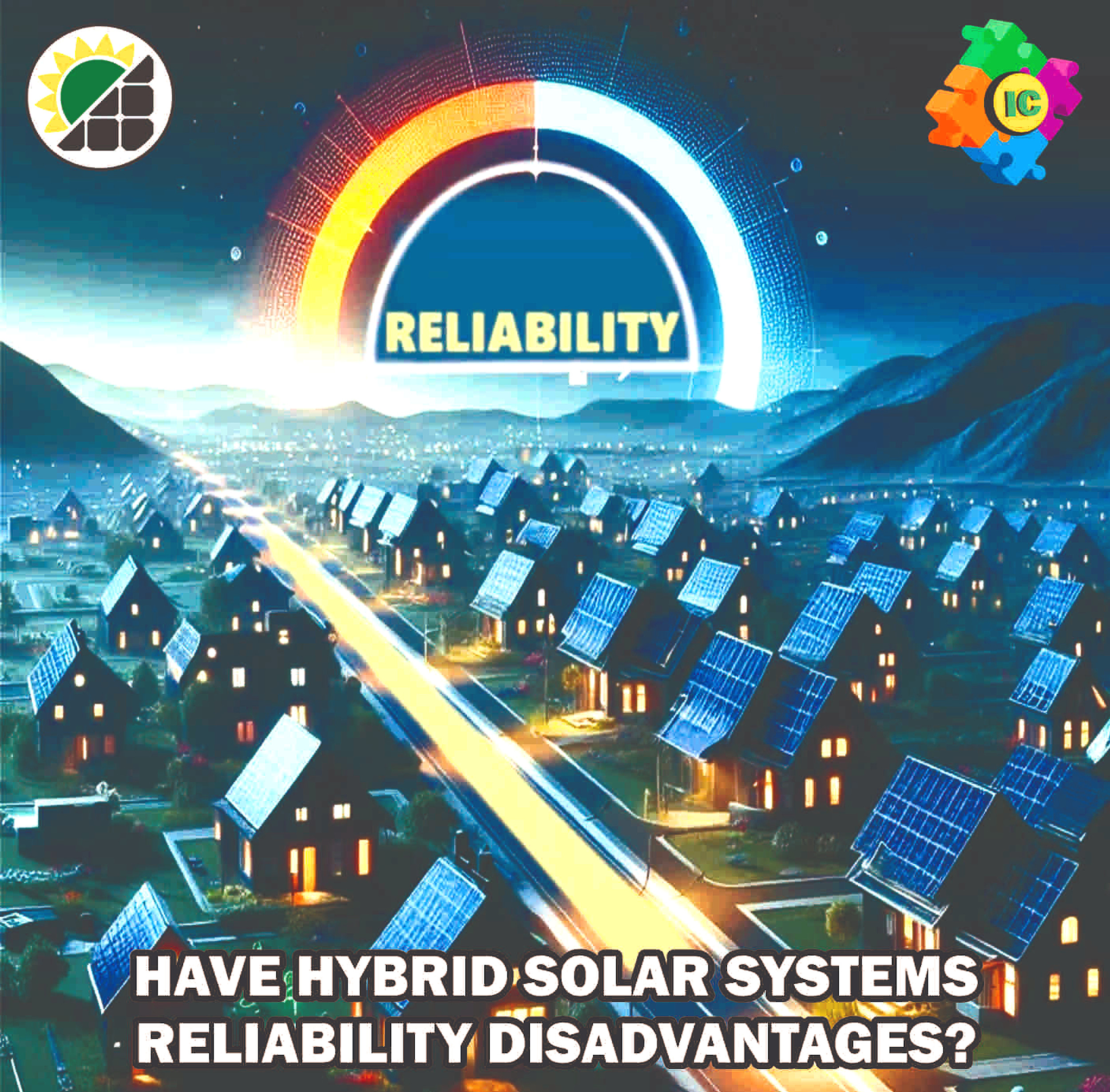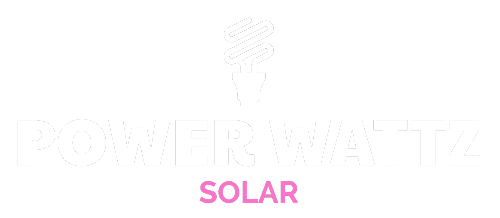
MORE AND BETTER INFORMATION FOR BETTER DECISIONS

Speaking of the reliability of a hybrid solar system, we again encounter two common comments against it. Let’s try to answer the main question: Do Hybrid Solar Systems have Reliability Disadvantages?
First, the inverter-charger is key in the system. For example, if only the battery charger section of the inverter stops working, the system can still operate in On-Grid mode. However, if the failure is total, the solar system will fall 100% due to the same bottleneck concept studied in the case of central or string On-Grid inverters, which does not occur when microinverters are used, but, of course, with lack of power backup from batteries.
However, one of the most important characteristics of these hybrid inverters is that they can operate in parallel typically by connecting 2 or more of them depending on the power of the single inverter. Battery banks can also be connected in parallel.
If the load to be connected is critical, the parallel of at least two hybrid inverters will solve the bottleneck problem. Furthermore, connecting the inverters and batteries in parallel will add versatility, as you can increase AC power and battery backup time.
Fortunately, modern hybrid inverters have been designed with several MPPT inputs then accepting two or more “strings” of solar panels, depending on the power of the inverter, that is, the more power the more MPPT inputs, which allows each input of solar panels in series (added) to be independent of the others and also minimizes the voltage “seen” at roof level to comply with NEC 2017 and thus increase the reliability of the system.
As you can see, the reliability disadvantages mentioned before have been fully overcome by the extraordinary design of today’s modern hybrid inverters.
Source link

